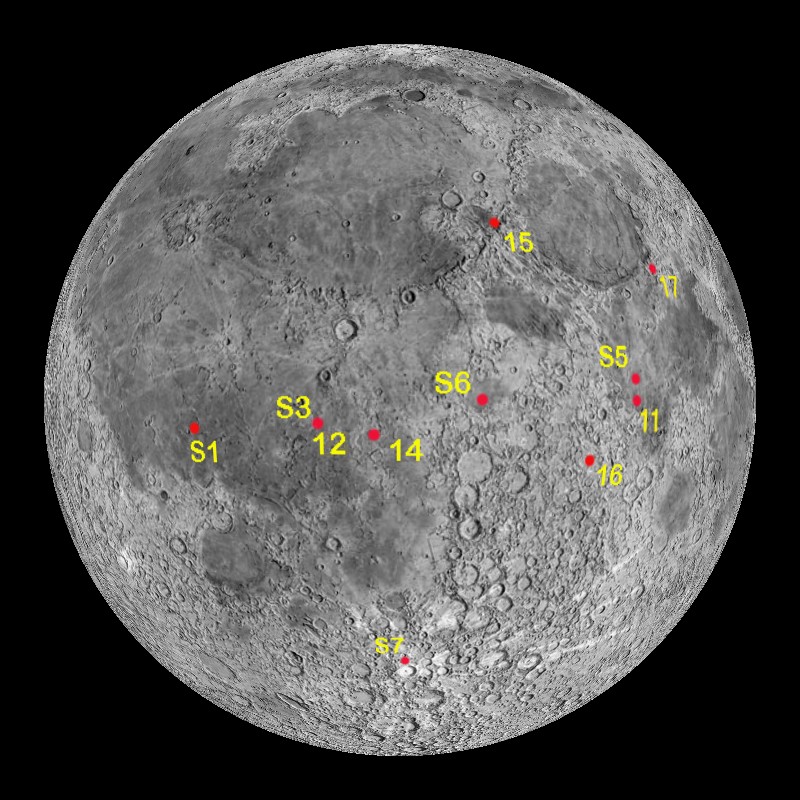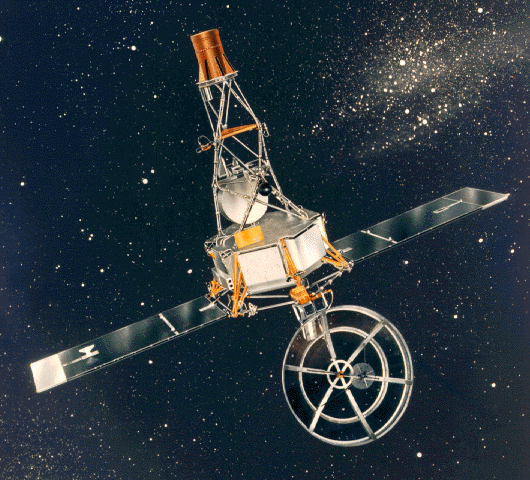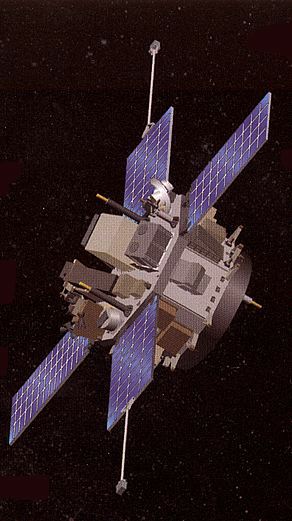Twenty years ago today — September 12, 1992 — the Space Shuttle Endeavour lifted off from the Kennedy Space Center on a joint U.S.-Japanese scientific mission that featured several space firsts.

(STS-47 in-flight crew portrait, aboard Spacelab-J. NASA image.)
The STS-47 crew consisted of U.S. astronauts Robert L. “Hoot” Gibson, Curtis L. Brown, Jr., Mark C. Lee, Jerome “Jay” Apt, N. Jan Davis, and Mae C. Jemison, plus Japanese astronaut Mamoru Mohri. The “firsts” on this mission included:
- Jemison was the first Black woman in space.
- Mohri was the first Japanese astronaut to fly on a Space Shuttle.
- Lee and Davis were the first married couple to fly a space mission together.
The crew conducted 44 different science experiments aboard the Spacelab-J laboratory, of which 35 were sponsored by the National Space Development Agency of Japan (NASDA). Seven were NASA experiments, and the last two were NASA-NASDA collaborations.
Materials science investigations covered such fields as biotechnology, electronic materials, fluid dynamics and transport phenomena, glasses and ceramics, metals and alloys, and acceleration measurements. Life sciences included experiments on human health, cell separation and biology, developmental biology, animal and human physiology and behavior, space radiation, and biological rhythms. Test subjects included the crew, Japanese koi fish (carp), cultured animal and plant cells, chicken embryos, fruit flies, fungi and plant seeds, and frogs and frog eggs.
Now, just because it’s cool, a look at the “Southern Lights” that the crew took from orbit:

(Aurora Australis, as seen from orbit aboard STS-47. NASA image.)
It’s also cool that this launch happened on the 30th anniversary of President Kennedy’s famous speech at Rice University — 50 years ago now, on September 12, 1962 — in which he said,
We choose to go to the moon. We choose to go to the moon in this decade and do the other things, not because they are easy, but because they are hard, because that goal will serve to organize and measure the best of our energies and skills, because that challenge is one that we are willing to accept, one we are unwilling to postpone, and one which we intend to win, and the others, too.
President Kennedy closed his speech by saying,
Many years ago the great British explorer George Mallory, who was to die on Mount Everest, was asked why did he want to climb it. He said, “Because it is there.”
Well, space is there, and we’re going to climb it, and the moon and the planets are there, and new hopes for knowledge and peace are there. And, therefore, as we set sail we ask God’s blessing on the most hazardous and dangerous and greatest adventure on which man has ever embarked.
I hope we never stop pressing on in that “greatest adventure.”



 by
by 



















